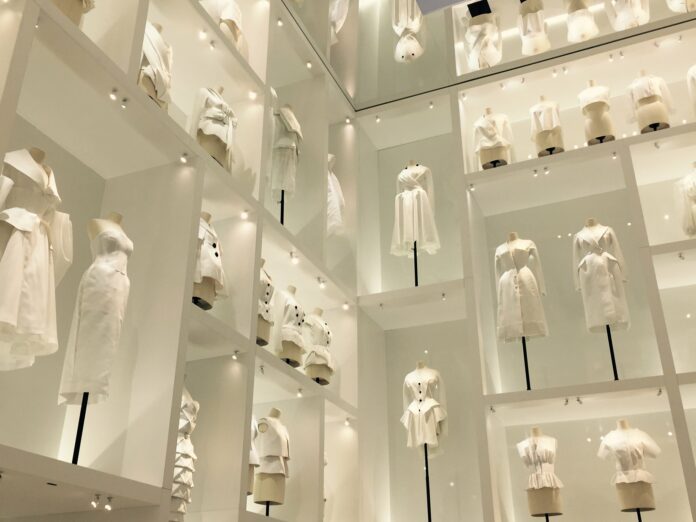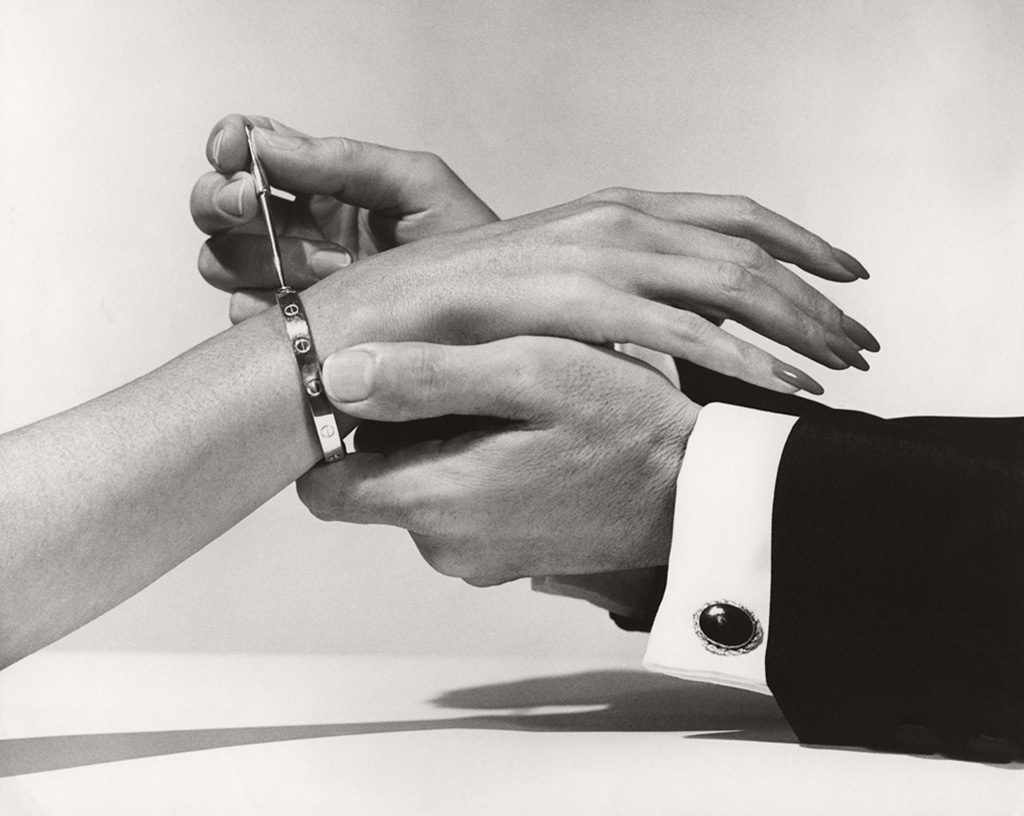A true magnum opus of Dior, the Bar jacket is the legacy that is renewed every season, embodying the distinctive elegance of the maison.
Behind its apparent simplicity lies a craftsmanship that has been handed down for more than 70 years, with which the various creative directors at the helm of the maison have grappled. They have made various stylistic contributions, reinventing it according to their own creative sensibility and making it an evergreen, modern garment that rhymes with the New Look of which it has been a protagonist.
Birth of the New Look
New Look was Christian Dior‘s first spring-summer collection, presented on 12 February 1947 at 30 Avenue Montaigne, the site of the first atelier. There was great ferment in the air, there were the people who mattered, there was the American press, but there were, first and foremost, the women, the ideal customers who could wear those clothes and decree their success.
More than ninety garments paraded through the halls, worn by selected models, muses suited to interpret those clothes with their refined, measured gait, ‘d’un air impassible et distant’. The mannequins presented models from the Corolle and En Huit collections before the surprised and enraptured eyes of those present, so much so that Carmel Snow, deputy editor of Harper’s Bazaar USA, exclaimed:“Dear Christian,your dresses have such a new look!”.
From that moment on, the collection followed under the name New Look, which beautifully dressed the couturier ‘s ideal of style and revolutionary ideas. In his autobiography(Dior by Di or: The Autobiography of Christian Dior) he wrote:“It was time for a new trend in fashion”, “The work would be done according to the hghest traditions of haute couture” .
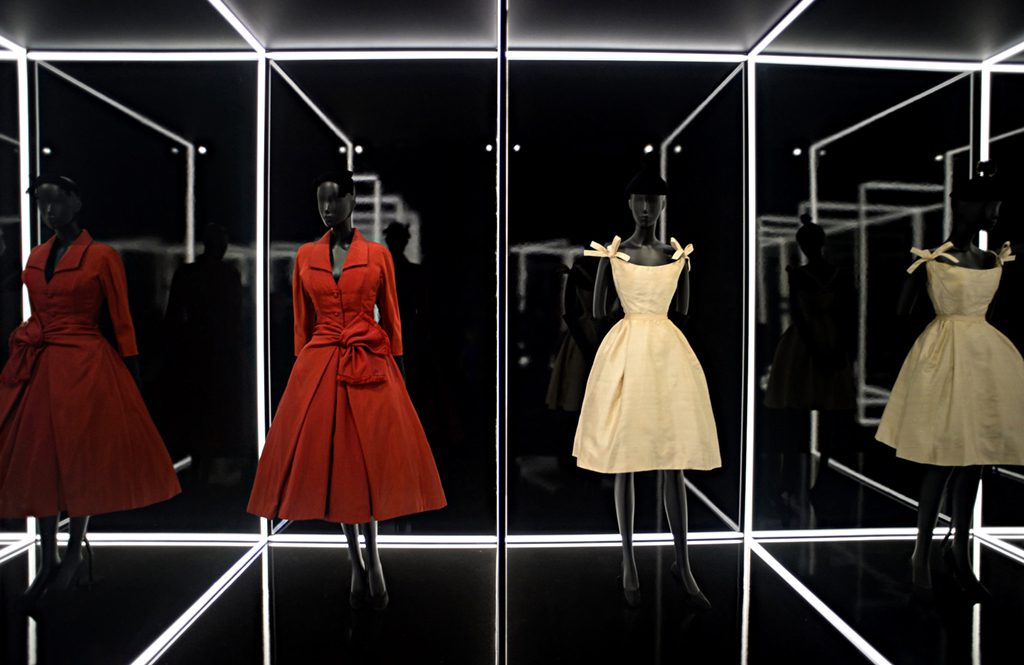
A new model of feminine glamour
The new trend that Dior was referring to was inspired by Paris’s moments of greatest creative ferment: the Second Empire and the Belle Epoquewhich had made Paris a capital of international taste. Dior proposed a revival of Parisian luxury as an optimistic response to the austerity and new needs that the world conflict had generated.
The ideal of woman proposed referred to the bourgeois ‘respectable lady’, attentive to formalities, who took fashion seriously. Dior’s women wanted to regain the right to sensuality and the lightness of being able to take care of frivolous things. However, they were also women who had achieved a new awareness of their own being, thanks also to their rival Chanel, who, in those years, had taught them to wear trousers, emancipating themselves and overturning social conventions, to see themselves as interpreters of their own lives and not spectators.
Dior therefore wanted to assert a new image of powerful femininity, but also an image of luxury, expressed by luxurious fabrics, surgical mastery in tailoring and recognisable refinement.
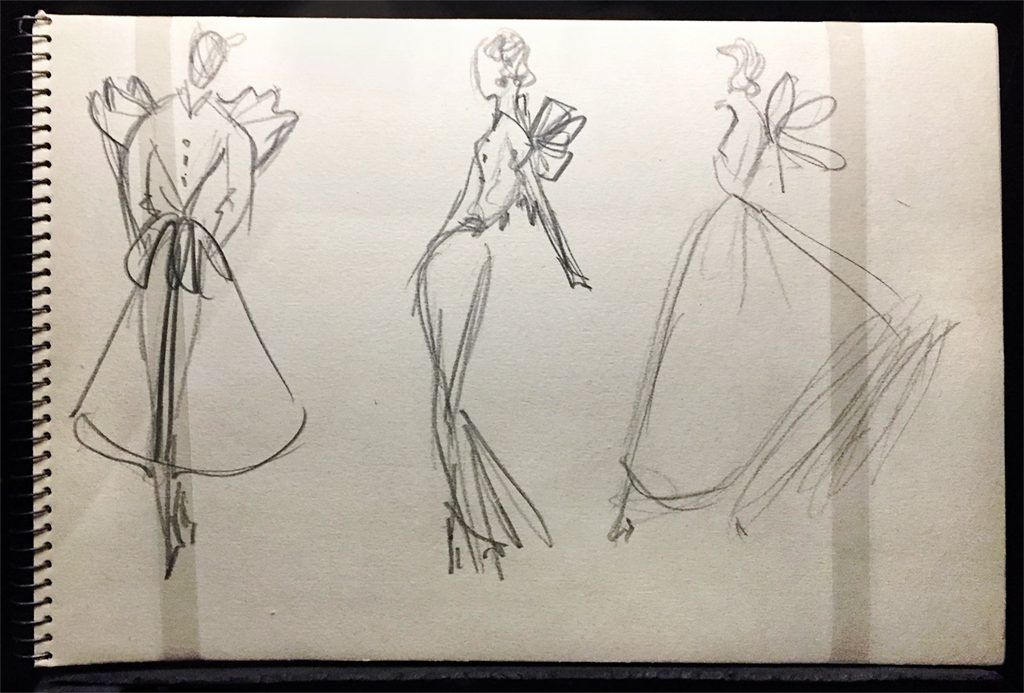
A new silhouette
Le silhouettes seemed sculpted to glorify the female body, bust and hips in particular. Skirts were both tapered and wide, calf-length and supported by stiff petticoats, giving sinuosity to the walk. The boxy shoulders of the 1940s and masculine shapes gave way to softer, more rounded lines.
The New Look provoked various criticisms, those who saw in the return to past styles and fashions a return of women to restrictive lifestyles that no longer belonged to them. Moreover, the use of fine fabrics, present in large quantities in pleats and draperies, was labelled as scandalous in those years, which were still suffering the dramatic aftermath of an atrocious conflict. But it also aroused great interest, seen as a real revolution in fashion and in the way of understanding dress and its function; a renewal not only of taste and style, but above all of culture.
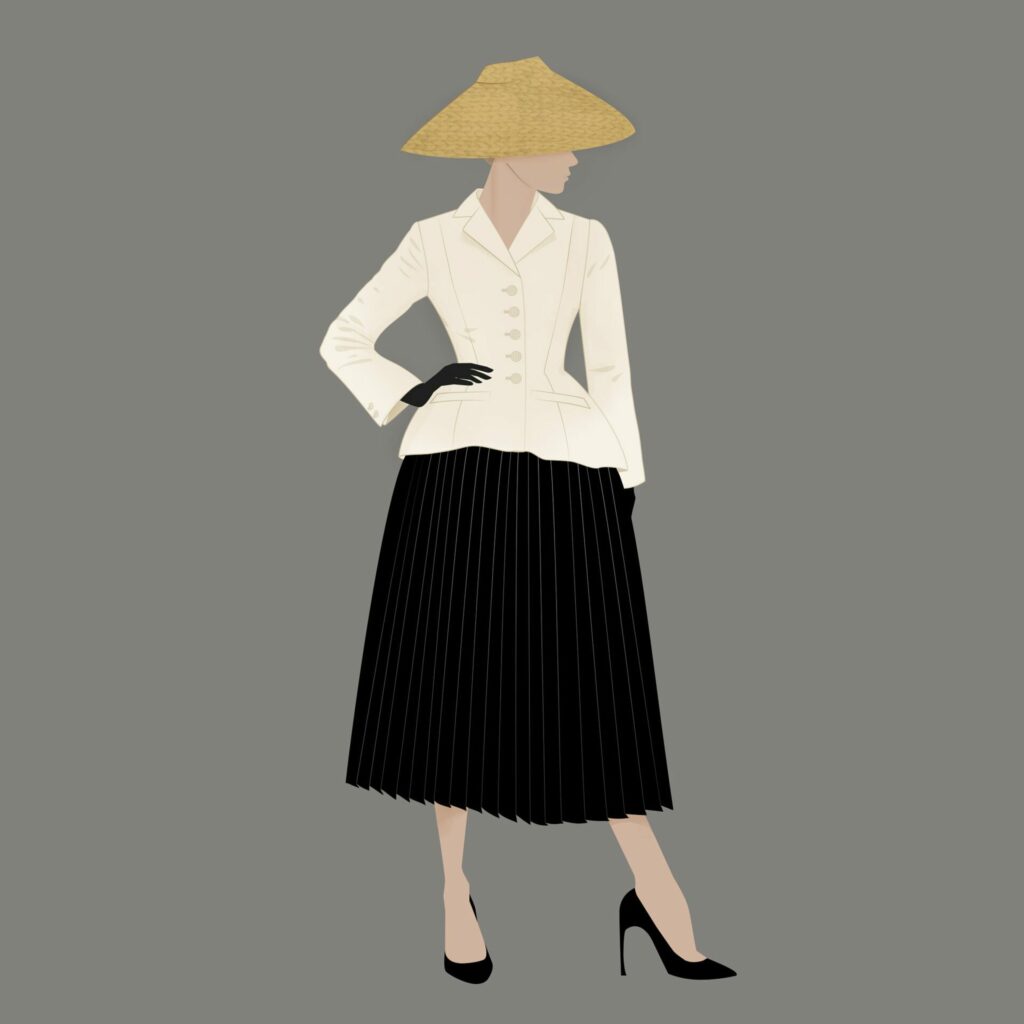
The suit with a revolutionary spirit
The real star of the show was the bar suit, consisting of a black pleated wool crepe skirt and a cream silk shantung jacket in an hourglass shape that exaggerated the waist and accentuated the hips with sartorial virtuosity. The idea is said to have originated in the rooms of the Hotel Plaza Athénée, where Monsieur Dior liked to stay.
The Jacket
Almost four metres of fabric were needed to make the jacket. It was composed of ten panels that wrapped around the bust, then opened at the hips with a basque whose circumference measured three times that of the waist, accentuating the shape of the body.
The collar and lapel were tailor-made (the 1947 version had a shawl collar and 6 silk-covered buttons). The basque was the real distinguishing feature: long to the hips, it had internal padding to give it its characteristic shape.
It is said that the idea came from Pierre Cardin, Dior‘s young assistant at the time, who obtained cotton gauze in a pharmacy to pad the garment. The jacket was worn without a shirt, thus becoming a protagonist garment, freed from its function as a complement to a suit.
The skirt
The skirt, on the other hand, was very wide, calf-length, and required more than five metres of fabric, as it was entirely pleated. It was incredibly heavy and, to support it, the waistband was reinforced internally with two layers of horsehair and a rigid net. In addition, it had a taffeta petticoat stiffened by a net, which took over the function of a crinoline, giving breadth to the skirt and sinuosity to the movements.
The Bar Jacket Legacy
The jacket became the manifesto of the maison and its aesthetic, the hallmark of that know-how, which is still renewed today. All of the designers who have taken over the creative direction of the maison have tried their hand at their own interpretation of theiconic jacket: it is interesting to grasp the stylistic peculiarities and how their vision has shaped the direction of the house over the years of their tenure.
From Yves Saint Laurent to Marc Bohan, who intuited its potential as an iconic garment, passing through the voluptuous silhouettes of Gianfranco Ferrè, the exuberant glamour of John Galliano and the minimalism of Raf Simons, the sensual lines andallure of the Dior original remain and continue to cross time and fashion.
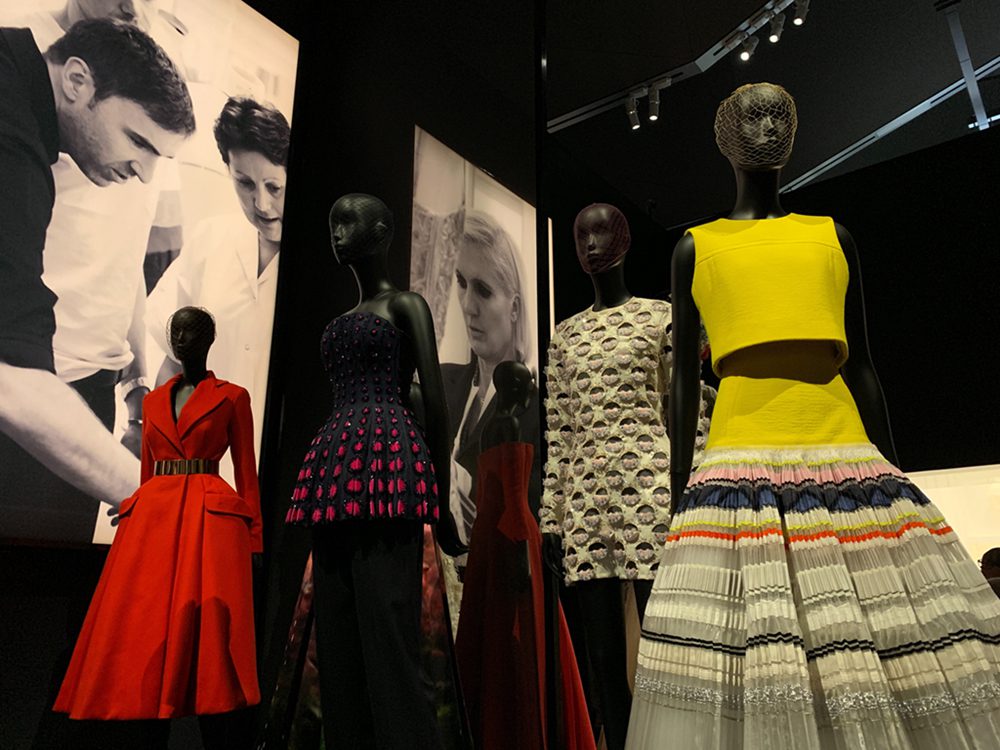
With Maria Grazia Chiuri, creative director since 2016, the Bar jacket became experimental territory. She has modernised its construction, now less rigid and more suited to current living, becoming a spokesperson for the dialogue between Dior’s values and heritage and contemporary femininity in its various declinations.
We have seen the jacket on the catwalk in denim, tartan, camouflage jacquard, quilted with a cannage motif, embellished with Cornely embroidery, made from fabrics woven by hand on ancient looms (e.g. those of Le Costantine, in the province of Lecce) and even equipped with protective airbags (in collaboration with D-Air Lab of the Dainese group).
Behind the chameleon-like Bar jacket is the desire to connect the maison’s vision with the handcrafted traditions of places that are different every year, scattered all over the world, with the intention of creating exchange, wealth, creations that possess a sense of memory to be preserved and transmitted as a value of authenticity.
Alessandra Parisi
@Stiledesign. Reproduction reserved
You might also be interested in:


